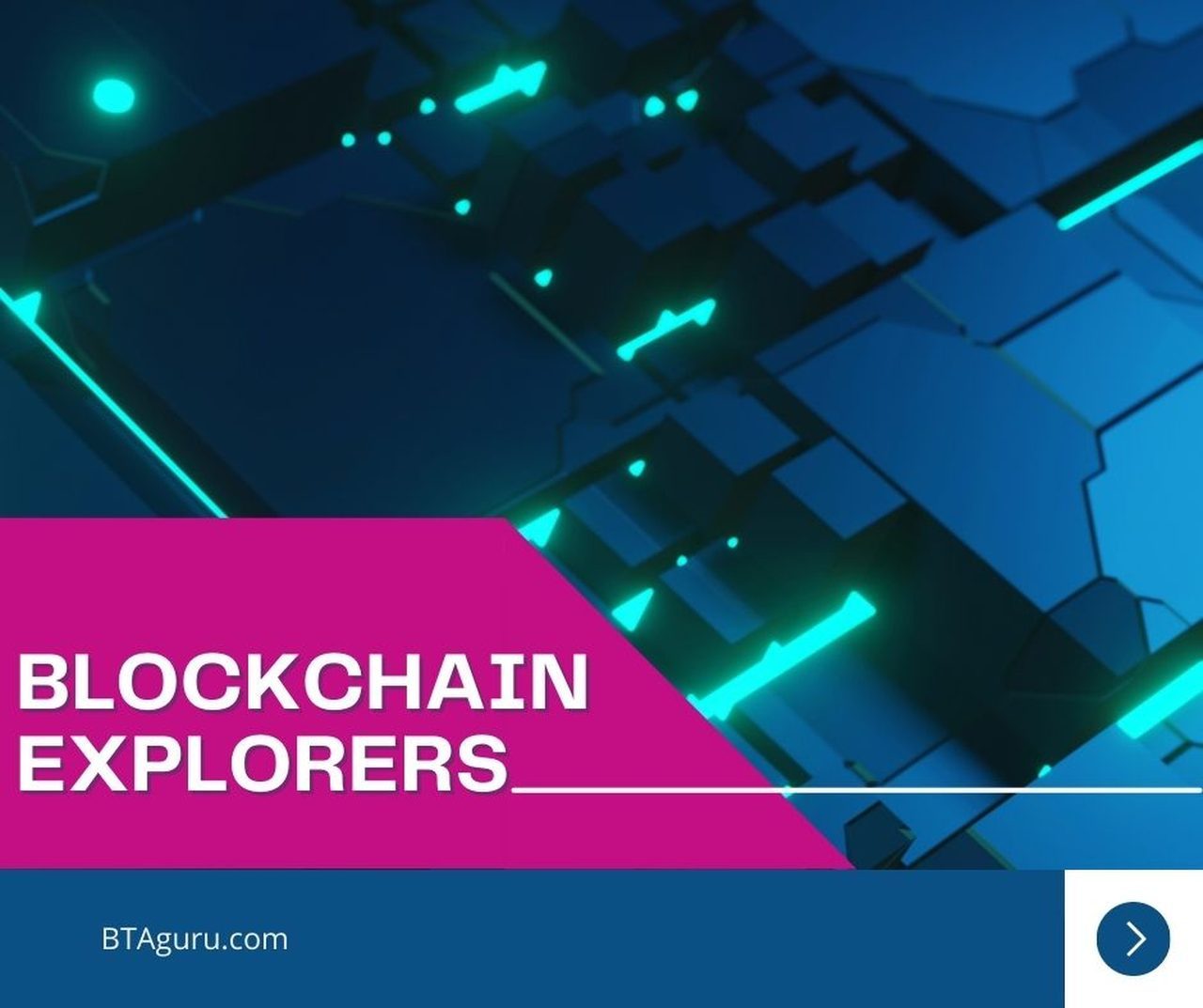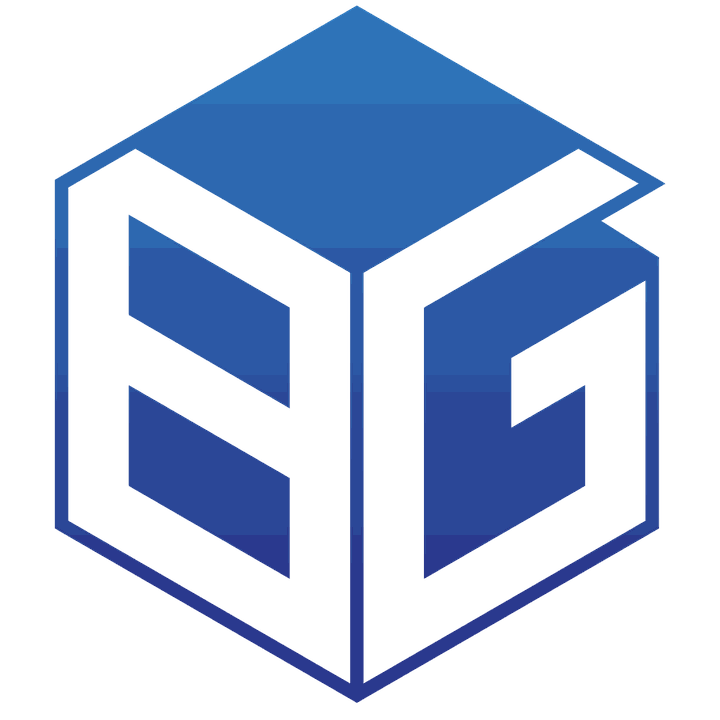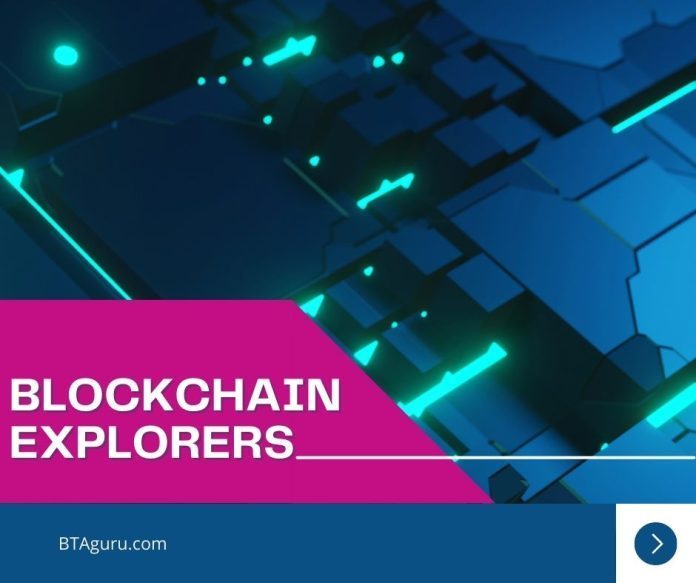
Blockchain technology has revolutionized various industries, including finance, supply chain, healthcare, and more. It offers transparency, security, and decentralization, making it an attractive solution for many businesses. However, understanding the inner workings of the Blockchain can be complex for the average user. This is where blockchain explorers come into play. In this blog post, we will explore what “blockchain explorers” are, how they work, and why they are essential tools for understanding the Blockchain.
What is Blockchain Explorer?
A Blockchain Explorer, or a Block Explorer, is a software application that organizes unprocessed data obtained from nodes on a Blockchain, converting it into comprehensible information presented through an Application Programming Interface (API).
An API serves as a communication interface that facilitates interaction between software programs, applications, or systems.

Multiple Blockchain Explorers exist in the market, each with one or more explorers.
The most well-known explorers include Etherscan (for Ethereum), BSCscan (for BSC), and Polygonscan (for Polygon).
Blockchain Explorer is vital in ensuring decentralization and transparency within the cryptocurrency realm.
The ability to display all transaction data is a significant distinction between cryptocurrency and traditional currency.
In this article, I will illustrate the usage of Etherscan as an example of a Blockchain Explorer.
What are Blockchain Explorers used for?
Blockchain Explorers can be considered Google for cryptocurrency and public blockchains. They allow users to access basic transaction information of different wallet addresses on other blockchains, including the amount, the sender, the recipient and the transaction status.
Typically, Blockchain Explorers have the same interface, features, and use cases. Their three primary use cases include:
Checking the general information of the Blockchain and the market

When accessing the home page of a Block Explorer, you can find the general information about its Blockchain & the market data, such as:
- Price of the native token.
- Market Cap.
- Blockchain stats.
- And other information.
Some Block Explorers provide other stats, including more profound insights into the Market and Network data.
Accessing the latest blocks and transactions
The home page of a Block Explorer typically displays the most recent blocks and transactions on its Blockchain.
Users can access each block, view the transaction orders, and obtain detailed information about the latest transactions.
On Etherscan, users can conveniently access general information about the six most recent blocks and transactions on the Ethereum blockchain.
For a more comprehensive view, users can click on “View all.”
To obtain in-depth information about specific blocks and transactions, users can directly click on the desired block or transaction, and the Block Explorer will guide them through the relevant details.
Viewing transactions on any blockchain, block or wallet address

You can look up the following information using the search bar on Block Explorers:
- Block number.
- Transaction Hash/ID.
- Wallet address.
- Ethereum Name Service (ENS).

A widespread use case of Blockchain Explorers is checking the status of a transaction. You can copy and paste the transaction ID on the search bar.
Another popular use case is using Blockchain Explorers to view a particular wallet, including its balance, tokens, transaction orders, etc.
Looking up the information of a Token issued on a Blockchain

You can also view all assets issued on public blockchains by looking up the tokens’ addresses on the search bar. This will provide basic information, such as the asset name, market cap, current price, total supply and the issuer’s address.
How to find the Explorers of each Blockchain?
There are numerous Blockchain Explorers in the market, as each public Blockchain has one or more explorers. The most trustworthy of these are still explorers developed by the blockchains teams, such as:
- The Ethereum Block Explorer: Etherscan (https://etherscan.io/).
- The Binance Smart Chain Block Explorer: BSCscan (https://bscscan.com/).
- The Fantom Block Explorer: FTMscan (https://ftmscan.com/).
And more as follows:

Some well-known Blockchain Explorers
If you are new to a blockchain and don’t know how to find its Block Explorer, find it on trustworthy sources, such as CoinGecko or CoinMarketCap.

How to choose the proper Blockchain explorer
Note that your specific needs, and the blockchain network you’re interested in, will dictate your Explorer of choice. When selecting the appropriate tool, here are some factors to consider:
- Security. Ensure your transactions and data are safe by choosing an explorer with encryption and secure protocols.
- Reputation. The blockchain community is usually the best indicator of an explorer’s reputation. To better understand their quality and reliability, check for feedback from other users, and read reviews of each Explorer you’d like to try.
- Data accuracy. Up-to-date and accurate information about the blockchain network is the alpha and omega of blockchain explorers. Therefore, check to see if the Explorer has accurate data and is updated regularly.
- Functionality. Features and functions are another vital aspect of a reliable and effective blockchain explorer. Look for the ability to explore individual transactions and blocks, view network statistics, check balances, and search for transactions.
- User interface. Aside from being easy on the eyes and visually appealing, the user interface should also have straightforward navigation. Additionally, the information should be displayed concisely and clearly.
- Network compatibility. Ensuring that your chosen Explorer is compatible with the blockchain network you’re interested in exploring is critical. As mentioned above, different explorers are (usually) specialized in different blockchain networks and are designed to work only with their specific protocols.
FAQ about Blockchain Explorers
What are the differences between verified and pending transactions?
Pending transactions are those that haven’t gotten into blocks. Depending on the Blockchain and the congestion status, a transaction may take a few minutes to get at least one confirmation. In some cases, transactions may take longer, for example, if the transaction fee is too low.
Verified transactions are those that have been added to blocks.
Why is the order completed, but my balance hasn’t changed?
This is just a display issue. Wait a few minutes for the balance to update, or exit and reopen the app.
Why can’t I check this particular token on the Explorer?
An Explorer only provides the transactions related to a Token issued on its Blockchain. You can’t check a token issued on Ethereum with BSCscan.
If you don’t know which chain the token belongs to, CoinGecko or CoinMarketCap can be helpful.
Conclusion
Blockchain explorers are powerful tools that enable users to navigate the complexities of the Blockchain. They provide transparency, security, and valuable insights into the inner workings of blockchain networks. Whether you are a cryptocurrency enthusiast, a developer, or a business owner, using a blockchain explorer can help you understand, verify, and interact with the Blockchain effectively. Explore the Blockchain with confidence using blockchain explorers!


